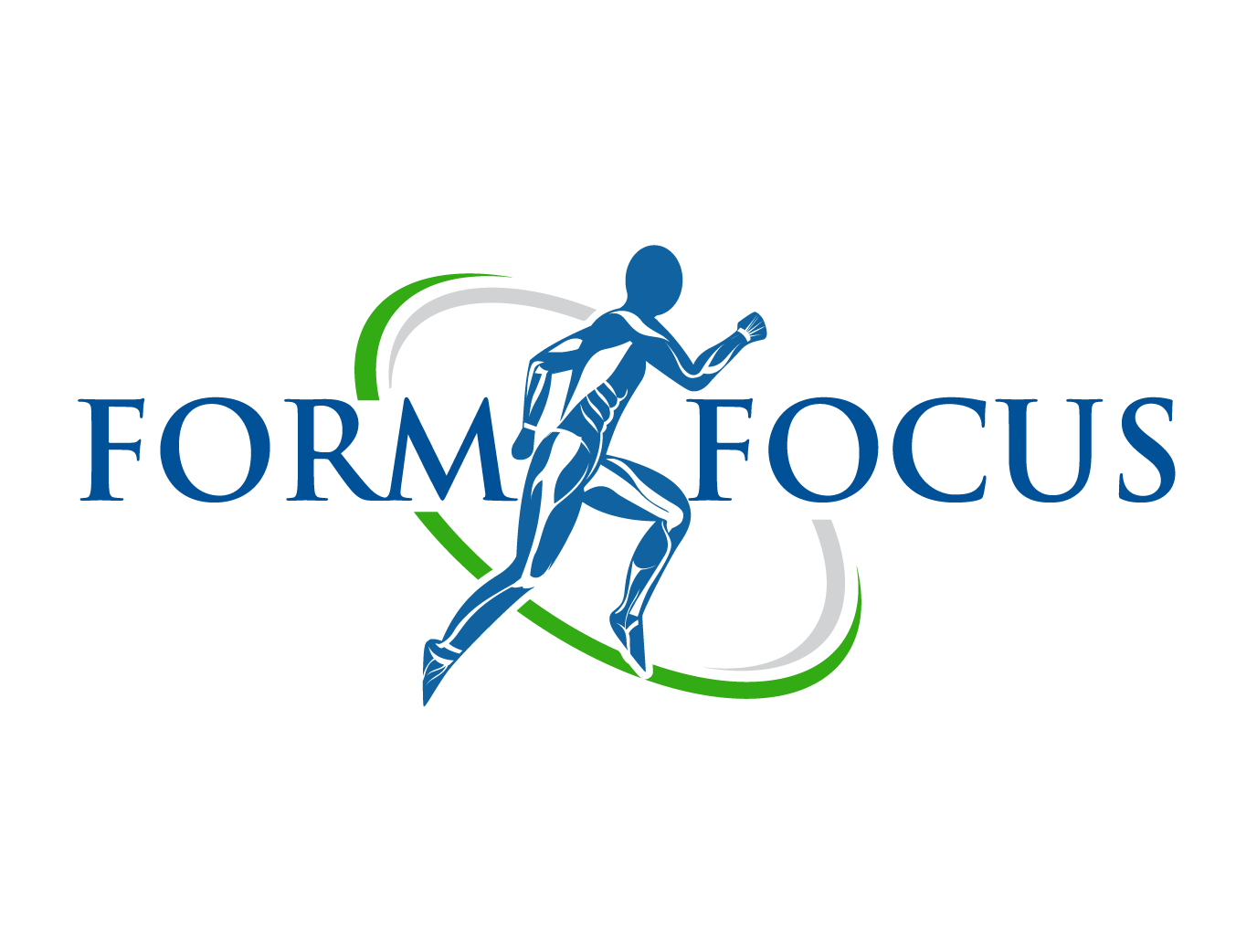Weekly Movement for Health
How much physical exercise should we aim for each week?

We all know that regular physical activity is one of the most important factors that contribute to good health. Studies have shown that structured physical exercise can decrease the risk of developing coronary artery disease, stroke, obesity, type 2 diabetes, dementia and many other chronic illnesses. Regular exercise can also help manage and prevent ongoing aches and pains that result from underuse. So how much should we aim to complete?
3-5 training days per week of Cardiovascular Exercise
(at least 150 minutes)
2-3 training days per week of Resistance Exercise
2-3 training days per week of Flexibility Exercise
2-3 training days per week of Neuromotor Exercise
The above outline meets the ASCM guidelines for physical activity and helps make it easier to figure out how much time we should commit to exercising weekly. At first glance this may seem like a lot but if we break it down it works out to be 450 minutes per week (if we allocate 60 minutes to each resistance session and 20 minutes to each stretching and neuromotor session). Which is only 7.5 hours - a little over 1 hour daily or 30 minutes twice a day. The great thing about these guidelines is that they help us think about different ways to get moving and ensure that we include a good all-round combination of cardiovascular, resistance, flexibility and neuromotor training for our body. Why do we need to include these different types of exercise?
Cardiovascular Exercise
Cardiovascular exercise otherwise known as endurance or aerobic exercise, includes any activity that increases heart rate and breathing causing an increase in blood flow and oxygen throughout the body. This type of exercise can help support better heart health, weight regulation, metabolism, mood and even sleep. Most cardio based activities involve repetitive movements of large muscle groups in the body and should be performed for a minimum of 10 minutes at a moderate to vigorous intensity to be beneficial (Learn How to Calculate Intensity). Common exercises that people use to maintain and improve cardiovascular endurance include swimming, brisk walking, cycling, running and rowing. (Learn more about Cardiovascular Exercise)
Resistance Exercise
Resistance exercise also known as strength or weight training, is any exercise that requires skeletal muscles to contract usually in an effort to push, pull or otherwise interact with an externally applied force. During the effort to contract and produce enough force to oppose and overcome the external force, our muscle fibres can accumulate microscopic damage which triggers our body to break down the damaged cells and replace them with stronger ones that will be better adapted to handle the load in the future.This is how our muscles grow and build endurance to support us through every minute of every day (Learn Why Muscle Mass is Important to Maintain). Resistance training doesn't only increase muscle mass though; it has also proven to elevate metabolic rate, aid weight management, increase bone density, prevent falls, lower blood pressure and improve mental health. Incorporating the use of resistance bands, body weight, free-weights and weight machines are all great ways to train to improve strength and muscle endurance. (Learn more about Resistance Exercise)
Flexibility Exercise
Flexibility exercise includes activities that specifically induce stretch in muscles and tendons. There are three main types of flexibility: active, passive and dynamic, and seven different types of stretching that help to improve one or more of these aspects of flexibility (Learn more about Different Types of Stretching). A routine of frequent stretching should be performed throughout the week with the right combination of resistance exercise to be most beneficial. Maintaining good flexibility can help improve mobility, reduce the risk of injury and speed recovery between sessions of other exercise. (Learn more about Flexibility Exercise)
Neuromotor Exercise
Neuromotor exercise sometimes referred to as functional exercise can be divided into 5 main skill groups including balance, coordination, gait, agility and proprioception activities. To improve each of these skills the body and its nervous system need to be challenged in different ways (Learn more about Balance, Coordination, Gait, Agility and Proprioception). Training to improve nervous system function helps to improve sports performance, prevent falls and reduce the risk of injury because the body is better able to correct itself during movement. Exercises such as tai chi and yoga include movements that help develop neuromotor skills. (Learn more about Neuromotor Exercise)
When starting any new course of exercise, it's important that we progress gradually and build up our duration, intensity and frequency of training over time to prevent injury and stay motivated. These guidelines are intended for the generally healthy adult population aged 18–65 years of age. It's always a good idea to consult with your doctor or an allied health professional if you are unsure how a new course of exercise would impact your current state of health or specific condition.
Having trouble with the in-text links throughout the article? I'll be linking them in the following weeks.
Thank you for your patience! Stay tuned :)
